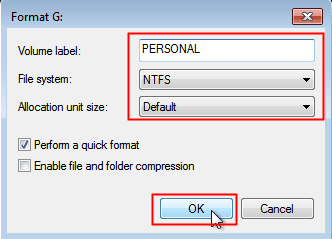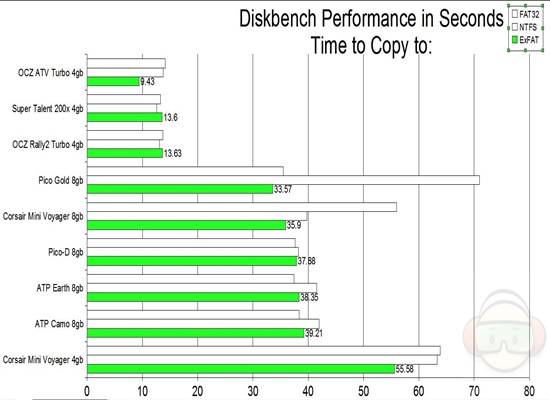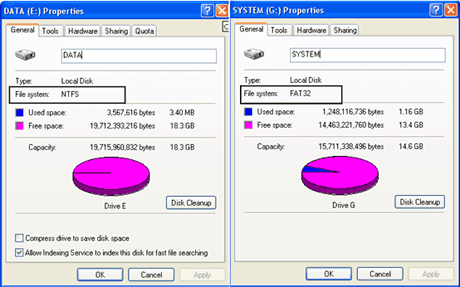

Some devices will work with NTFS, but you can’t count on it - in fact, you should probably assume that most devices can only read FAT32, not NTFS. All these device will be designed to work with FAT32 file systems, so they’ll “just work” and be able to read your files as long as you’re using FAT32. Many, many devices have USB ports or SD card slots.
#Ntfs vs fat32 software#
This requires additional software or tweaks.
#Ntfs vs fat32 mac os x#
#Ntfs vs fat32 windows#
While modern versions of Windows back to Windows XP will support NTFS, other devices you use might not be so accommodating. These will probably come formatted as NTFS so they can use the full amount of storage on a single partition.Ĭompatibility is probably the main reason why you probably want to use the FAT32 file system on your USB flash drives or SD cards. Of course, you can now buy hard drives with 3TB or more of storage space. In that case, you’ll want to convert or reformat the drive with that NTFS file system.

There’s really no reason to use NTFS on USB sticks and SD cards - unless you really need support for files over 4GB in size.
#Ntfs vs fat32 how to#
RELATED: How to Convert a Hard Drive or Flash Drive from FAT32 to NTFS Format In this case, file permissions don’t really add security - just additional complexity. However, if this was a removable hard drive that you moved to another computer, anyone with that user ID on the other computer could then access the files. This would work fine if the drive stayed inside your computer. For example, the files might be set to only be accessible by a specific user ID number.

In fact, these can cause problems when moving removable devices between different machines. The device doesn’t need file permissions, either.In fact, journaling could just result in additional writes that could reduce the life of the drive’s flash memory. Your removable drive doesn’t need journaling like a system drive does.You may occasionally want to copy a file over 4GB in size to the drive - that’s the one situation where you might want to format the drive as NTFS. Your USB stick or SD card will definitely be under 2TB in size, so you don’t need to worry about the upper limit.Of course, none of the above reasons are really problems on USB sticks and SD cards. NTFS is more secure, robust, and supports larger file sizes and drives.īut These Aren’t Problems On Removable Drives System files can be made read-only so typical programs can’t touch them, users can be prevented from looking at other users’ data, and so on.Īs we can see, there are very good reasons why Windows uses NTFS for system partitions. With NTFS, file permissions allow for increased security. FAT32 doesn’t support file permissions.

If the computer loses power in the middle of a file being written, the system won’t need a long scandisk operation to recover. With NTFS, changes are logged to a “journal” on the drive before they’re actually made.


 0 kommentar(er)
0 kommentar(er)
